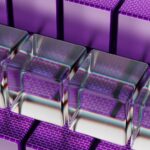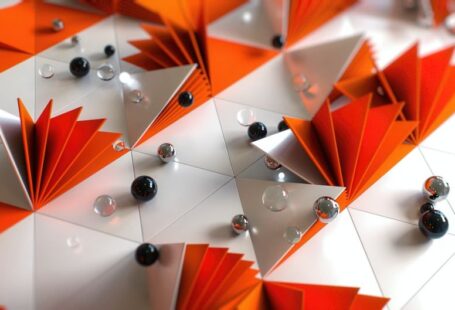The world of 3D printing is rapidly evolving, and thermoplastics are playing an increasingly important role in the industry. Thermoplastics are materials that can be melted and reshaped multiple times without losing their original properties. They have become popular for 3D printing because of their low cost, ease of use, and strong physical and chemical properties. In this article, we’ll explore the basics of thermoplastics in 3D printing and how they can be used for a variety of projects.
What are Thermoplastics?
Thermoplastics are polymers that can be heated and cooled multiple times without losing their physical and chemical properties. They are lightweight, strong, and resistant to corrosion and other forms of wear and tear. They can also be easily reshaped, molded, and extruded into various shapes and sizes. Thermoplastics are used in a variety of industries, including 3D printing.
Types of Thermoplastics for 3D Printing
There are a variety of thermoplastics available for 3D printing, including ABS, PLA, PETG, Nylon, and PEEK. Each has its own unique properties and advantages.
- ABS (Acrylonitrile Butadiene Styrene): ABS is one of the most common thermoplastics used for 3D printing. It is a strong, heat-resistant material that is suitable for a wide range of applications. It is also relatively easy to use and has a low cost.
- PLA (Polylactic Acid): PLA is a biodegradable thermoplastic that is made from renewable resources such as corn starch and sugar cane. It is a popular choice for 3D printing because of its ease of use and low cost.
- PETG (Polyethylene Terephthalate Glycol): PETG is a strong, heat-resistant thermoplastic that is often used for 3D printing. It is also relatively easy to use and has a low cost.
- Nylon: Nylon is a strong, heat-resistant thermoplastic that is often used for 3D printing. It is a popular choice for projects that require high-strength parts or parts that need to be heat-resistant.
- PEEK (Polyether Ether Ketone): PEEK is a high-performance thermoplastic that is often used for 3D printing. It is extremely strong and heat-resistant, making it ideal for a variety of projects.
Advantages of Thermoplastics for 3D Printing
Thermoplastics offer a variety of advantages for 3D printing. They are easy to use, have a low cost, and can produce parts with strong physical and chemical properties. They also have good thermal stability, meaning they can withstand high temperatures without deforming. Furthermore, thermoplastics can be melted and reshaped multiple times without losing their original properties, making them ideal for prototyping and other iterative processes.
Applications of Thermoplastics in 3D Printing
Thermoplastics can be used for a variety of applications in 3D printing, including prototyping, medical applications, and industrial applications.
- Prototyping: Thermoplastics are often used for prototyping because of their low cost, ease of use, and strong physical and chemical properties. They can be used to quickly and efficiently create prototypes for a variety of projects.
- Medical Applications: Thermoplastics are often used for medical applications because of their strength, heat resistance, and biocompatibility. They can be used to create parts for medical devices such as prosthetic limbs and implants.
- Industrial Applications: Thermoplastics are often used for industrial applications because of their strength, heat resistance, and chemical resistance. They can be used to create parts for a variety of industrial equipment.
Conclusion
Thermoplastics are becoming increasingly important in the world of 3D printing. They offer a variety of advantages, including low cost, ease of use, and strong physical and chemical properties. They can be used for a variety of applications, including prototyping, medical applications, and industrial applications. As 3D printing continues to evolve, thermoplastics will likely become even more important for a variety of projects.





